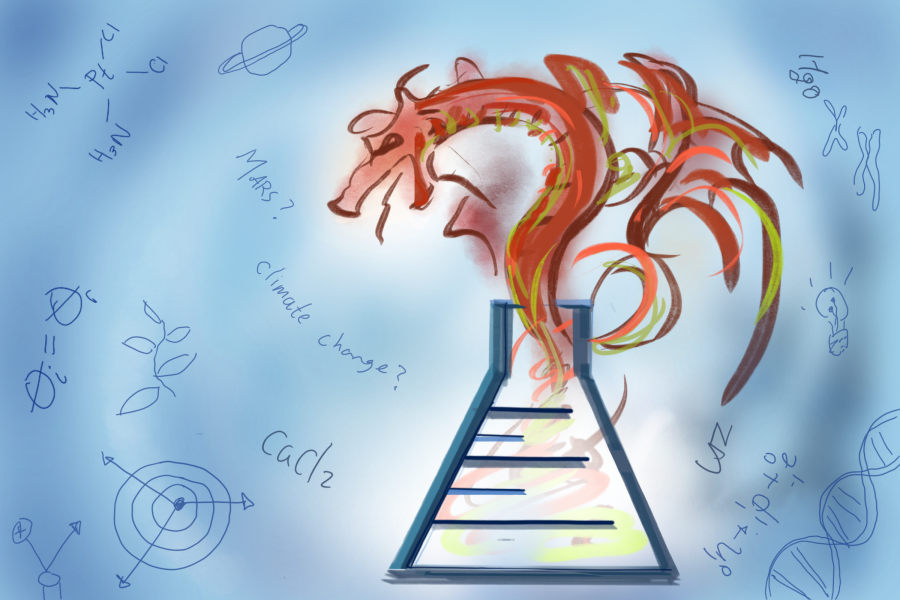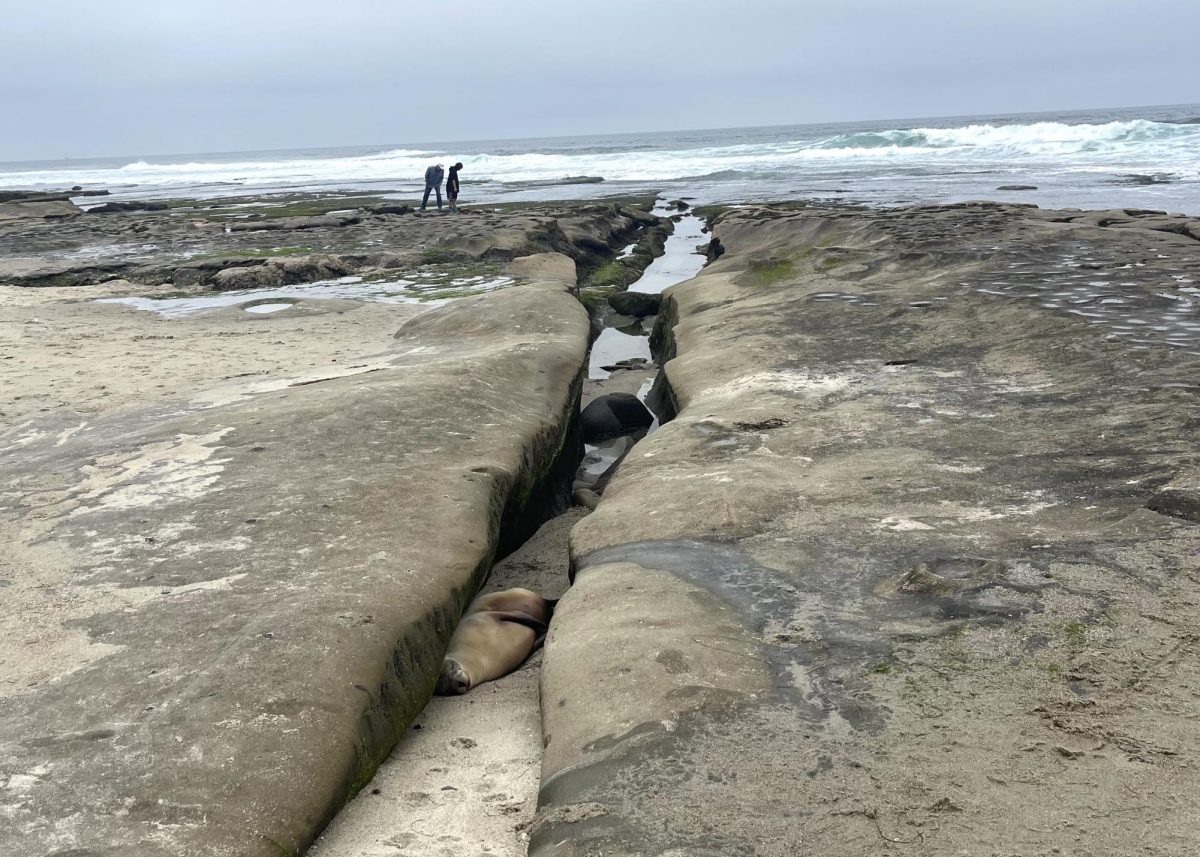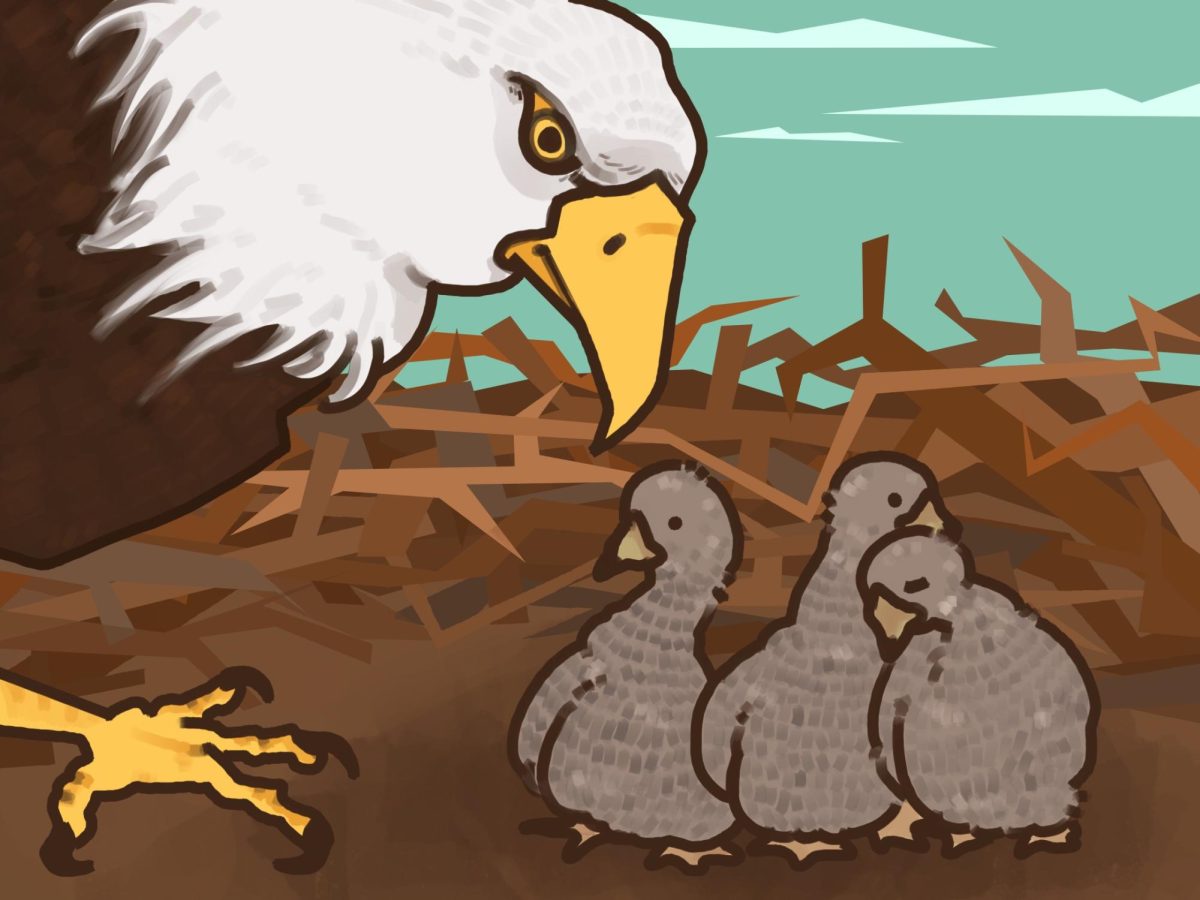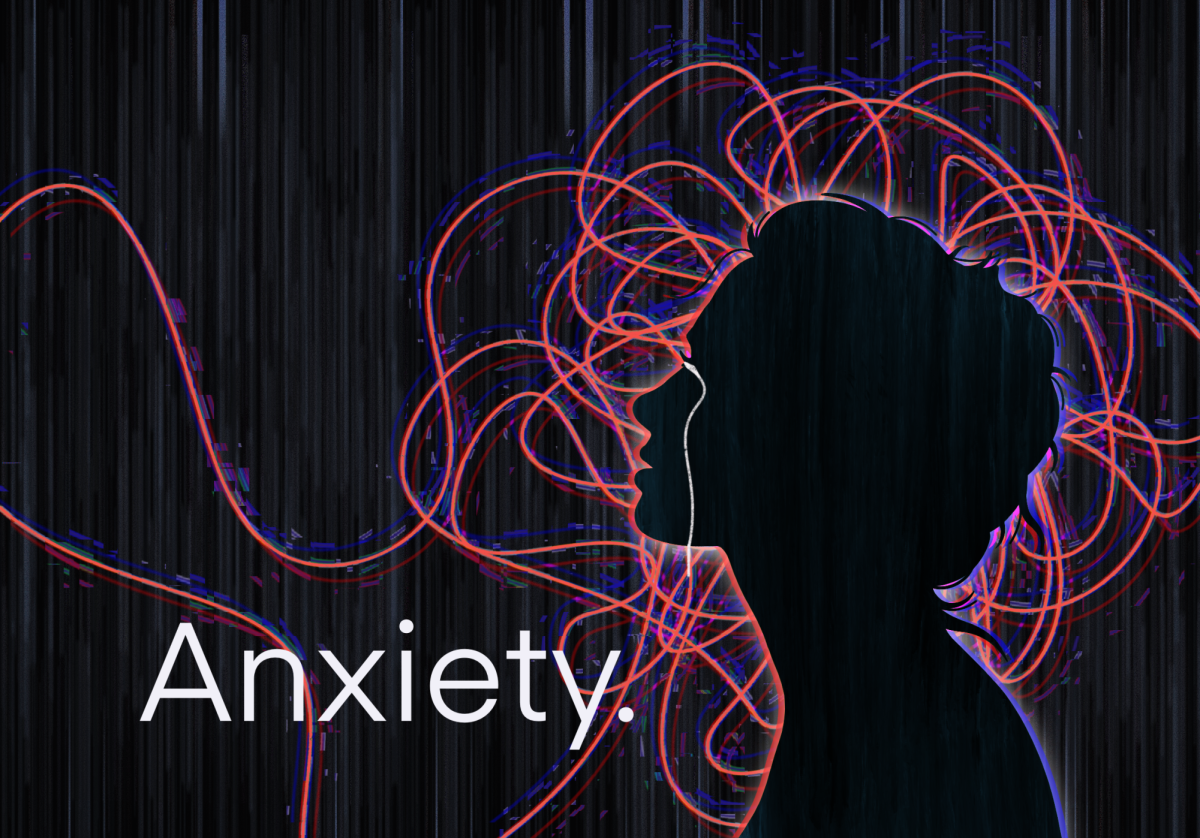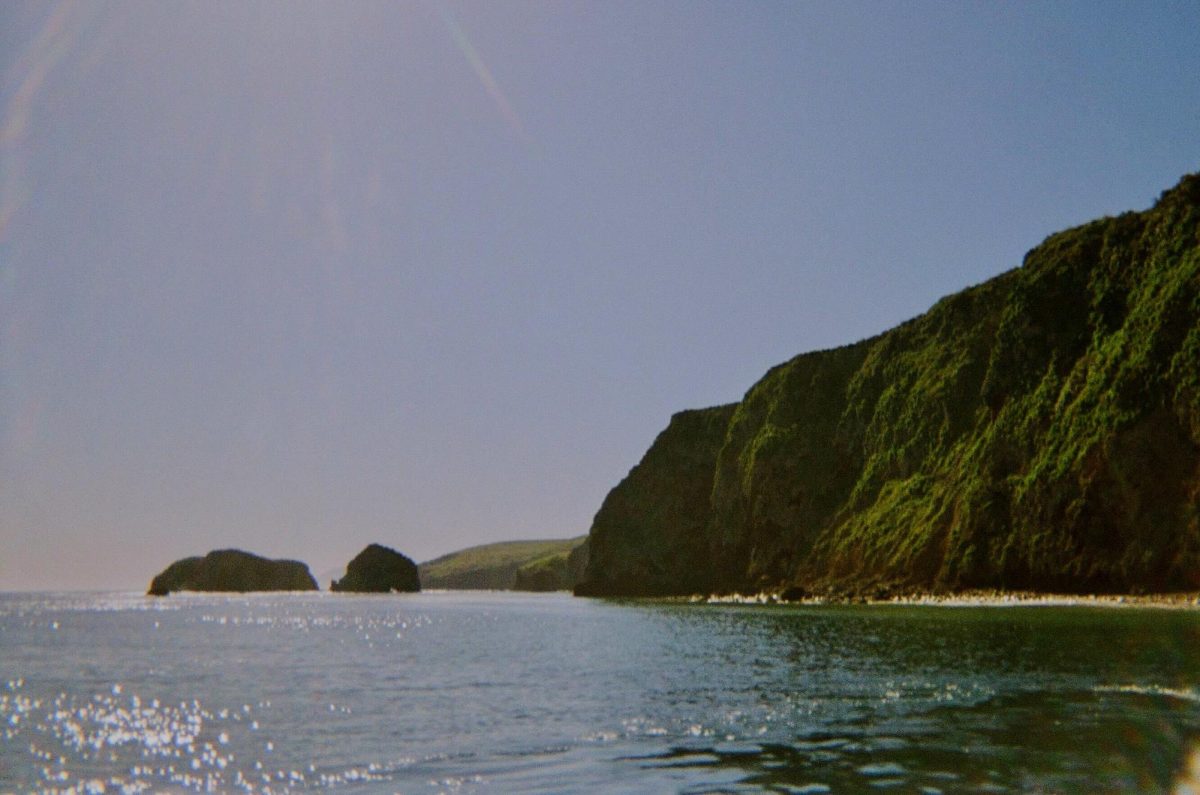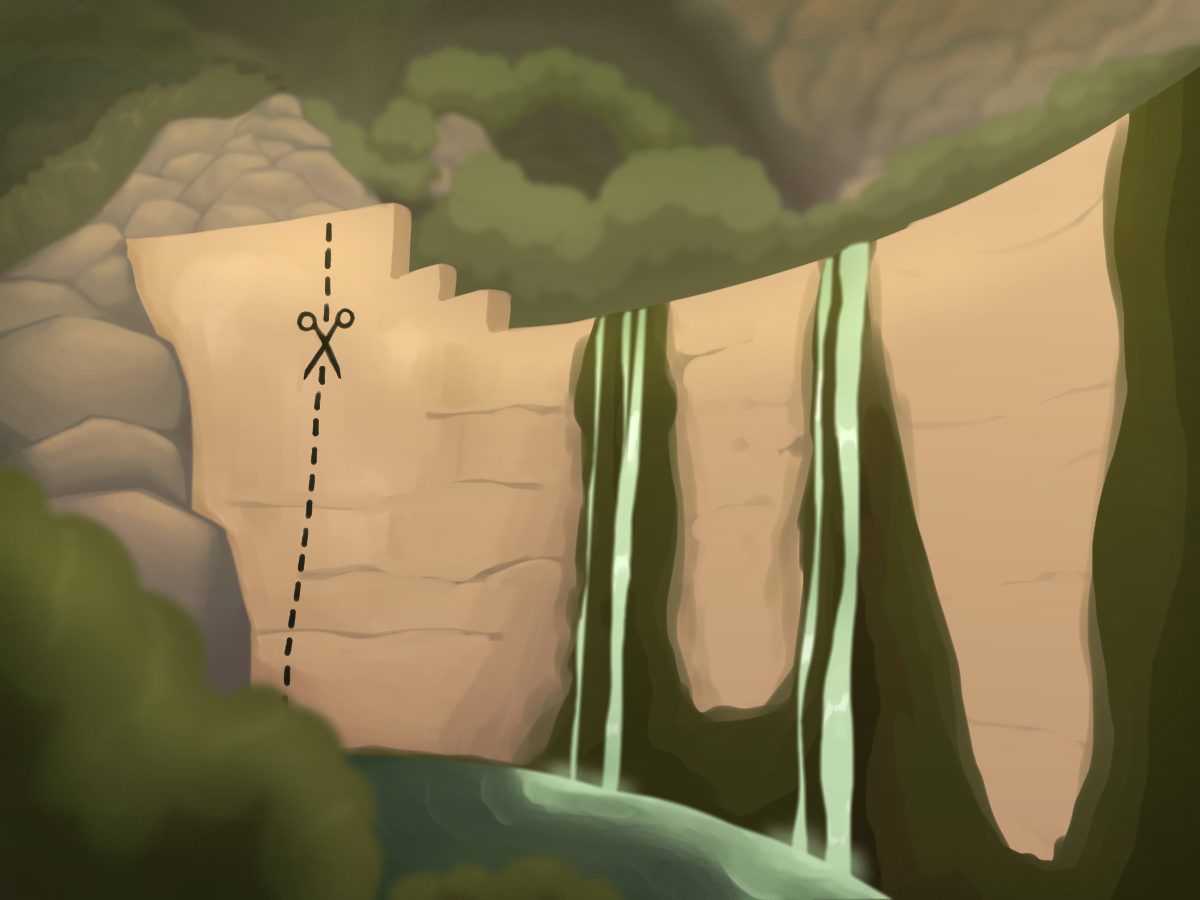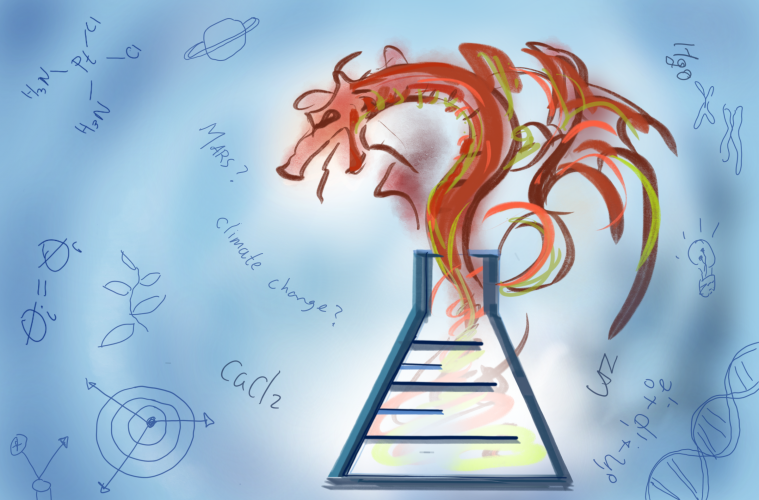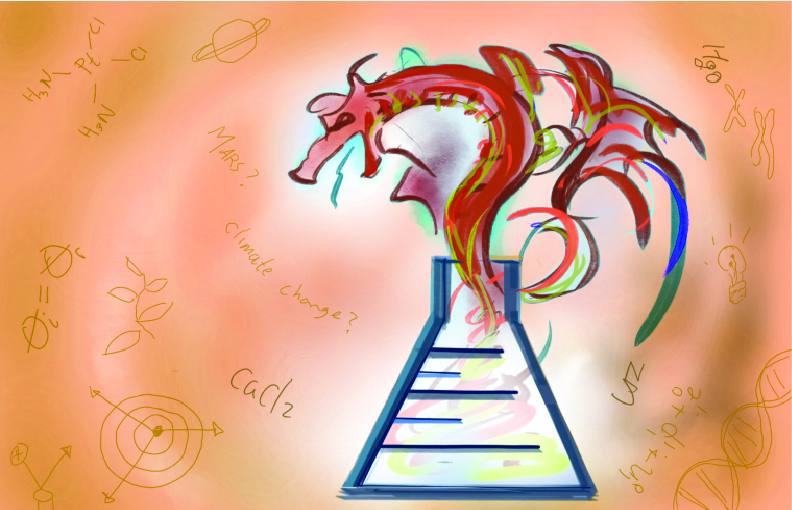The Foothill Dragon Press is hosting a new bimonthly segment─The Science Hub─that will update you on the most important scientific events within the categories of astronomy, medicine, environment and miscellaneous. Here’s the pilot.
[divider]Mars is going to get its first U.S. visitor in six years[/divider]
Are you ready to witness the home planet of potential alien life? On Nov. 26, 2018, NASA’s InSight will land on the Red Planet for the first time since the Curiosity rover in 2012. The spacecraft is on a two-year mission to study the interior composition of Mars to better understand the Red Planet and our own. InSight will be followed by two smaller spacecraft, jointly named Mars Cube One (MarCO). The landing will commence around noon PST and will be livestreamed on YouTube and NASA Television. Be sure to tune in and see our closest neighbor up close.
[divider]FDA new restrictions on E-cigarettes and future menthol bans[/divider]
Within the past year, the number of high school e-cigarette users rose by 78 percent. The Food and Drug Administration (FDA) placed restrictions on stores so certain e-cigarette flavors can only be sold in closed-off sections inaccessible to teenagers. The FDA’s proposed next step, also announced this week, is a ban on menthol cigarettes and flavored cigars.
As African Americans disproportionately use menthol cigarettes, this ban faces two major pros and cons. Proponents, including the National Association for the Advancement of Colored People (NAACP), argue that this measure would prevent health issues, deaths and advertisements that target this community. Opponents, including the Black Chamber of Commerce, say that this measure is an infringement on black smokers’ choice, as menthol cigarettes are a preference of not only teenagers but also adults.
[divider]Glacier is shown to release 41 tons of methane[/divider]
A study by Lancaster University shows that the Sólheimajökull glacier in Iceland releases 41 tons of methane into the atmosphere every day. This methane is released when glaciers with compacted greenhouse gases inside melt due to increased temperatures. Carbon dioxide and methane make up a large portion of these greenhouse gases which lead to the greenhouse effect. Though researchers believe that the long-term effects may thin out, short-term levels of methane from glaciers may spike. An isolated incident like this happens all the time, but scientists believe that this incident is related to many other incidents, and they fear that this cycle of heating up and melting down may be a hard endeavor to overcome.
Reduction in greenhouse gas emissions has become a major task in efforts to curve rapid global warming patterns. While human efforts are helping to reduce the emissions, nature may not be so friendly. As the atmosphere continues to heat up, greenhouse gases like methane and carbon dioxide that have been compacted inside glaciers threaten to escape into the atmosphere.
[divider]Volcanoes are a threat to California[/divider]
California, believe it or not, is home to a multitude of volcanoes. In the first update to the threat level of volcanoes in the U.S. of erupting, three volcanoes in California have achieved a risk of very high. Those volcanoes are Mt. Shasta, Lassen Volcanic Center and Long Valley Caldera. Though the volcanoes are all in Northern California and an eruption would not affect Southern California, the damage would still be catastrophic as ash would be flung far away. The chance of an eruption to happen is roughly the same as the chance for a large earthquake to occur on the San Andreas Fault.


